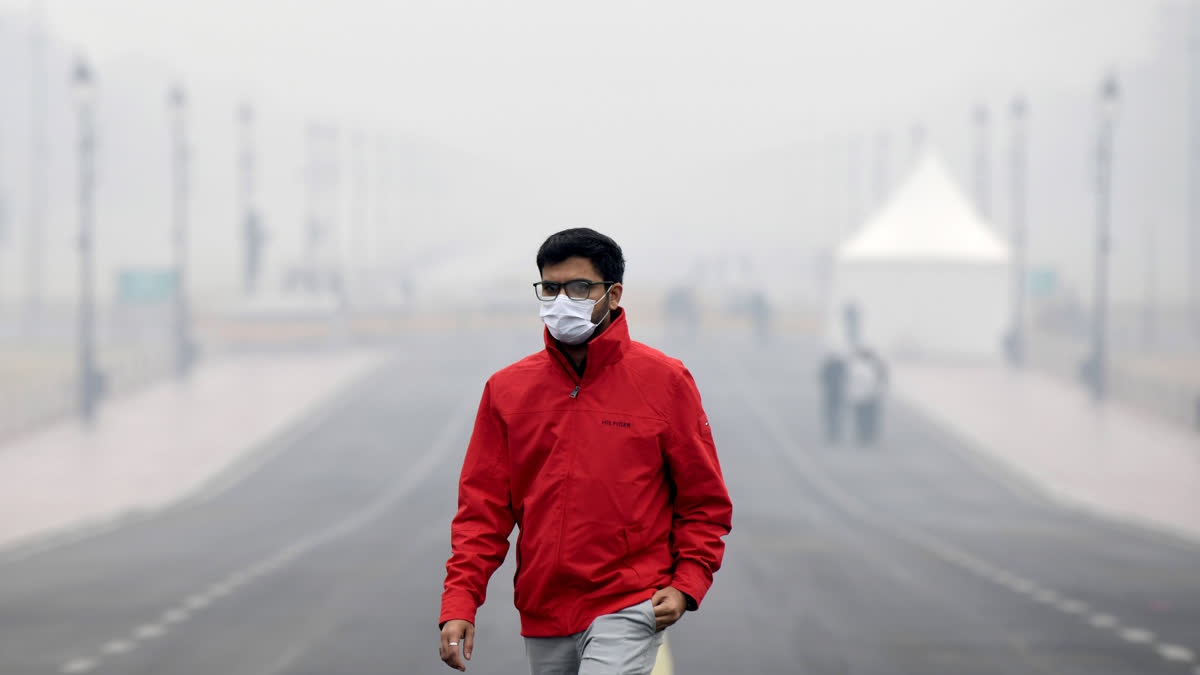New Delhi: The national capital’s air quality crisis persisted on Monday, with the Air Quality Index (AQI) remaining firmly in the ‘severe’ category at 405, despite a spell of light rain. According to the Central Pollution Control Board (CPCB), the 24-hour average AQI stood at a hazardous 406 on Monday, indicating no respite from the suffocating air pollution.
Experts explained that the drizzle, coupled with low wind speeds, failed to alleviate the pollution, instead causing microscopic particles like PM 2.5 to linger in the air. These particles are particularly harmful, as they can penetrate deep into the respiratory system, posing severe health risks.
Persistent Pollution Despite Drizzle
Manu Singh, an environmental expert, noted, “The winter situation in Delhi NCR is becoming grimmer year by year. Pollutants such as PM 2.5 and PM 10, which are ultra-fine and hazardous, remain suspended in the air due to stagnant weather conditions. The light rainfall witnessed today wasn’t substantial enough to disperse the pollutants effectively.”
Singh further emphasized the health implications, calling the current scenario a “dangerous cocktail” of severe pollution and cold weather. He criticized the lack of effective implementation of pollution control measures like the Graded Response Action Plan (GRAP) and stressed that Delhi’s residents are living in what can only be described as a “gas chamber.”
Role of Weather in Pollution Woes
The India Meteorological Department (IMD) reported that Delhi’s maximum temperature on Monday settled at 18.4°C, 2.3 degrees below the seasonal average, while the minimum temperature dipped to 8.6°C. A layer of fog, along with high humidity levels ranging from 79% to 95%, worsened the situation.
SN Mishra, a climate expert, highlighted the complex interplay of weather, policy, and pollution in Delhi. “The first half of December saw favorable winds that swept away pollutants, leading to better air quality. However, post-16th December, weak and variable winds allowed pollutants from vehicles, industries, and construction to accumulate, plunging the city into hazardous conditions,” Mishra explained.
He remarked on the cyclical nature of Delhi’s pollution problem, stating, “Delhi’s air quality remains at the mercy of weather gods. Without significant policy changes and stricter implementation of emission controls, this grim scenario will persist.”
